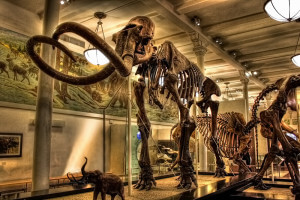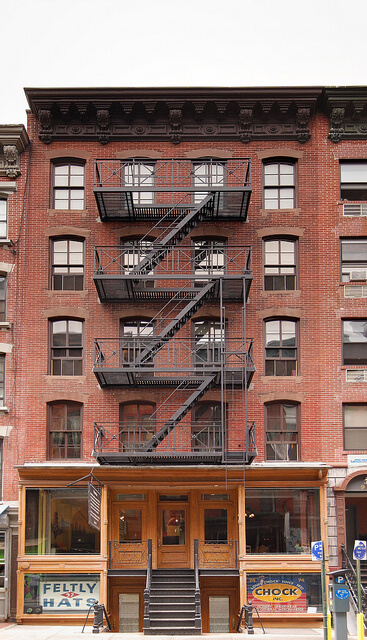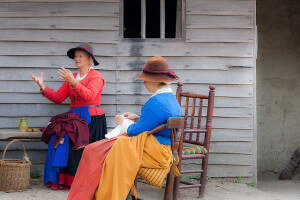Interesting? Boring? A memory from a long ago childhood field trip? If I ask a person on the street to visualize a museum, they might conjure a place with columns. Some people shrug, some mention, “yeah, I should go there, but I try not to go into the city.” They might suggest a film set in a museum, such as Night at the Museum or The Thomas Crown Affair (which was filmed in a library, not a museum). It seems as if museums, over 17,500 in the US, rest somewhere between myth and fantasy in many people’s minds.
I’ve worked in museums since I was 13. Local museums, internationally known museums, art museums, history museums. Museums run by huge professional staffs, museums run by the Parks Department, museums run by a 2.5 staff and an army of volunteers. Each place has meaning to its constituents, whether that’s a 16 year old student who loves to draw, a local genealogist, a Revolutionary War reenactor, or the volunteer who finds this a fun way to hang out with friends, and give back a little.
Graduates of Museum Studies programs all learn – no, memorize – this phrase the federal government uses to define museums in the Museum and Library Services Act (as quoted at the American Association for Museums website)
“A public or private nonprofit agency or institution organized on a permanent basis for essentially educational or aesthetic purposes, which, utilizing a professional staff, owns or utilizes tangible objects, cares for them, and exhibits them to the public on a regular basis.”
That’s as basic as it gets. A permanent organization that does something using stuff it takes care of and shows it to others. From the above description, museums sprout in all directions. A quick list of museum types might include:
- Art museums, like the National Gallery of Art, Wadsworth Athenaeum, etc.
- Natural history museums – centers of scientific research (and where the dinosaurs reside)
- History museums (a favorite is the Lower East Side Tenement Museum)
- Living history museums and farms, like Old Sturbridge Village
- Historic houses, many of which tell the lives of prominent individuals
- Historic sites, like Fort McHenry, Independence Hall, battlefields, etc.
- Historical societies and libraries that preserve the stories of the community
- Science and technology museums, National Air and Space Museum, the Intel Museum
- And if you want to get frisky, zoos and botanical gardens
I can’t imagine not working for a museum. Part of it is my commitment to a non-profit lifestyle; I want the outcome of my place of employ to be culture, sense of place, and education. A lot of museum visitors are children on field trips, but museums educate all who enter their doors. If you haven’t been to a museum recently, let me know. I can find some suggestions for you. Or check out the American Association of Museums accredited museums list here or the more expansive list at museums.usa.org.



